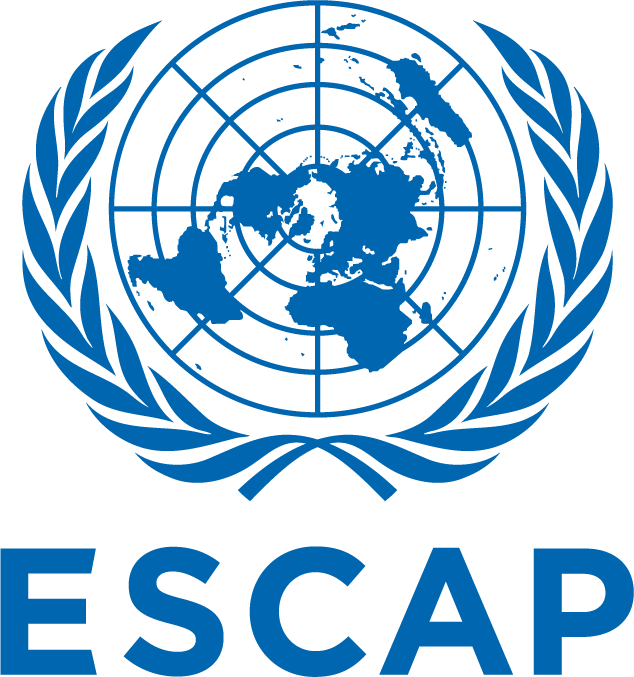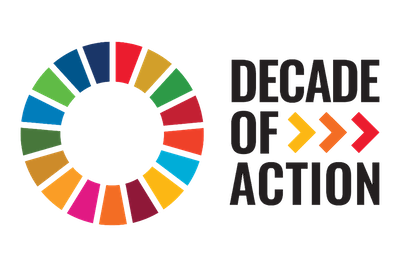NEACOF (DJF 2025) - Rainfall (ARCTIC)
Celery Drupal Upload Id
8eb97805-08d8-446a-82b7-719fcba6a92a
Celery Geonode Upload Id
1620ad2e-69d5-4282-9bc9-7f2e8da4cb0e
Country Code
RAR
Layer Parent Group
RAR
Map Legend
[{"label":"Above Normal > 90%","color":"#002673"},{"label":"Above Normal 80 - 90%","color":"#00389b"},{"label":"Above Normal 70 - 80%","color":"#004cc3"},{"label":"Above Normal 60 - 70%","color":"#1f75ec"},{"label":"Above Normal 50 - 60%","color":"#1b85ff"},{"label":"Above Normal 40 - 50%","color":"#52adff"},{"label":"Above Normal 35 - 40%","color":"#89ceff"},{"label":"Above Normal < 35%","color":"#ff00ff00"},{"label":"Below Normal < 35%","color":"#ff00ff00"},{"label":"Below Normal 35 - 40%","color":"#ffffcc"},{"label":"Below Normal 40 - 50%","color":"#ffea9a"},{"label":"Below Normal 50 - 60%","color":"#fece6a"},{"label":"Below Normal 60 - 70%","color":"#fea245"},{"label":"Below Normal 70 - 80%","color":"#fc6932"},{"label":"Below Normal 80 - 90%","color":"#e92b22"},{"label":"Below Normal > 90%","color":"#c20425"}]
Public
False
Processing Statuses
["S", "S", "S", "S", "S"]Scenarios Files Links
["https://geonode.thinkbluedata.co/datasets/geonode:prec_an_djf2025_e110376c59114c3a12325b2aca370c09/dataset_download","https://geonode.thinkbluedata.co/datasets/geonode:prec_bn_djf2025_6625c090c4de958dca81381afb6a711f/dataset_download"]Scenarios Layers URLs
["https://geonode.thinkbluedata.co/geoserver/gwc/service/wmts/rest/geonode:prec_an_djf2025_e110376c59114c3a12325b2aca370c09/geonode:prec_an_djf2025_e110376c59114c3a12325b2aca370c09/TBD_EPSG:900913/EPSG:900913:{z}/{y}/{x}?format=image/png","https://geonode.thinkbluedata.co/geoserver/gwc/service/wmts/rest/geonode:prec_bn_djf2025_6625c090c4de958dca81381afb6a711f/geonode:prec_bn_djf2025_6625c090c4de958dca81381afb6a711f/TBD_EPSG:900913/EPSG:900913:{z}/{y}/{x}?format=image/png"]Is Preset
No
Output Folder
20241226024605
NEACOF (DJF 2025) - Rainfall (ARCTIC)
Celery Drupal Upload Id
0e9f0963-023b-4dd8-9ac7-0a6041cc92b6
Celery Geonode Upload Id
bf737641-813a-4ec8-a514-06d577463ead
Country Code
RAR
Layer Parent Group
RAR
Map Legend
[{"label":"Above Normal > 90%","color":"#002673"},{"label":"Above Normal 80 - 90%","color":"#00389b"},{"label":"Above Normal 70 - 80%","color":"#004cc3"},{"label":"Above Normal 60 - 70%","color":"#1f75ec"},{"label":"Above Normal 50 - 60%","color":"#1b85ff"},{"label":"Above Normal 40 - 50%","color":"#52adff"},{"label":"Above Normal 35 - 40%","color":"#89ceff"},{"label":"Above Normal < 35%","color":"#ff00ff00"},{"label":"Below Normal < 35%","color":"#ff00ff00"},{"label":"Below Normal 35 - 40%","color":"#ffffcc"},{"label":"Below Normal 40 - 50%","color":"#ffea9a"},{"label":"Below Normal 50 - 60%","color":"#fece6a"},{"label":"Below Normal 60 - 70%","color":"#fea245"},{"label":"Below Normal 70 - 80%","color":"#fc6932"},{"label":"Below Normal 80 - 90%","color":"#e92b22"},{"label":"Below Normal > 90%","color":"#c20425"}]
Public
True
Processing Statuses
["S", "S", "S", "S", "S"]Scenarios Files Links
["https://geonode.thinkbluedata.co/datasets/geonode:prec_an_djf2025_18634eec0e24de7084a7dde0cc542960/dataset_download","https://geonode.thinkbluedata.co/datasets/geonode:prec_bn_djf2025_a923c4d3ada88073b26faf33f58ee563/dataset_download"]Scenarios Layers URLs
["https://geonode.thinkbluedata.org/geoserver/gwc/service/wmts/rest/geonode:prec_an_djf2025_18634eec0e24de7084a7dde0cc542960/geonode:prec_an_djf2025_18634eec0e24de7084a7dde0cc542960/TBD_EPSG:900913/EPSG:900913:{z}/{y}/{x}?format=image/png","https://geonode.thinkbluedata.org/geoserver/gwc/service/wmts/rest/geonode:prec_bn_djf2025_a923c4d3ada88073b26faf33f58ee563/geonode:prec_bn_djf2025_a923c4d3ada88073b26faf33f58ee563/TBD_EPSG:900913/EPSG:900913:{z}/{y}/{x}?format=image/png"]Is Preset
Yes
Output Folder
20241225211851


